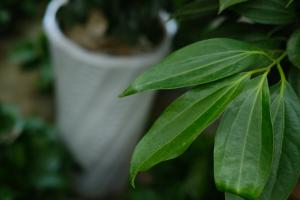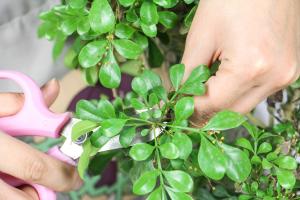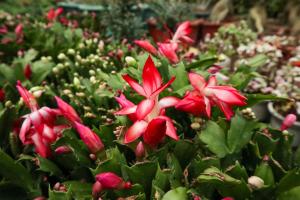How to Care for Potted House Plant Italian Heather
If you're looking for a beautiful and low-maintenance houseplant, Italian heather is an excellent choice. This hardy plant is a member of the heath family and has delicate, pink-purple blooms that are sure to brighten up any room. Here's how to care for potted Italian heather.
Light and Temperature
Italian heather needs plenty of bright, indirect light to thrive. Place your potted plant near a window that receives plenty of light but avoid placing it in direct sunlight. Italian heather also prefers cooler temperatures, so keep it in a room that is around 60-65 degrees Fahrenheit. Be sure to avoid drafts or hot spots near a heater or air conditioner.
Watering
Like many plants, Italian heather does not like to be overwatered. It's important to keep the soil moist but not soaking wet. Water your Italian heather when the top inch of soil feels dry to the touch. In the winter, water less frequently as the plant will naturally slow down its growth.
Soil and Fertilizer
Italian heather prefers well-draining, acidic soil. Choose a potting mix that is formulated for acidic plants like azaleas and rhododendrons. You can also add peat moss to the soil to increase acidity. Fertilize your Italian heather once a month during the growing season with a fertilizer specifically designed for acidic-loving plants. Avoid fertilizing during the winter months when the plant is dormant.
Pruning and Propagation
Pruning Italian heather can help promote bushier growth and more blooms. After the first flush of flowers is finished, prune off the dead blooms just above the foliage. You can also cut back any leggy or straggly growth. Italian heather can be propagated with stem cuttings. Take a cutting that is around 4 inches long and remove the leaves from the bottom half of the stem. Dip the cut end into rooting hormone and plant it into a pot of moist, well-draining soil. Cover the pot with a plastic bag to create a humid environment and keep the soil damp until the cutting roots.
Pests and Problems
Italian heather is generally a hardy plant but can be susceptible to spider mites, which can cause yellowing and dropping of the leaves. To prevent spider mites, keep the humidity around the plant high by misting it regularly or placing a tray of water near the plant. If you do notice spider mites, you can wash the plant with a mild soap and water solution or use a pesticide labeled for spider mites. Other common problems include root rot from overwatering and leaf drop from insufficient light.
There you have it, all you need to know to care for your potted houseplant Italian heather. With the proper care, your plant will thrive and be a beautiful addition to your home for years to come.

 how many times do yo...
how many times do yo... how many planted tre...
how many planted tre... how many pine trees ...
how many pine trees ... how many pecan trees...
how many pecan trees... how many plants comp...
how many plants comp... how many plants can ...
how many plants can ... how many plants and ...
how many plants and ... how many pepper plan...
how many pepper plan...






























